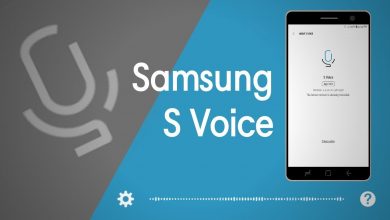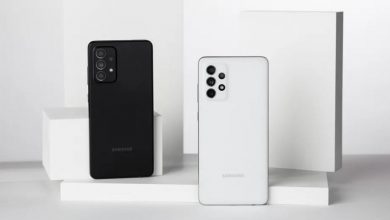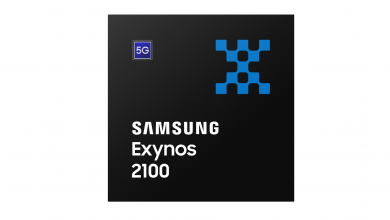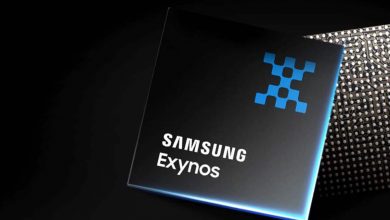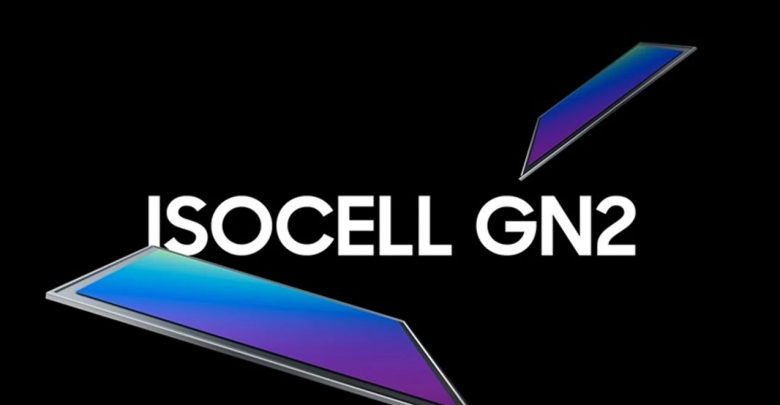
When you are talking about smartphone cameras, Samsung has been giving some competition to Sony now. They have easily become one of the best camera sensor manufacturers in the market with a heap of sensors under the hood. You can get sensors ranging from 32-megapixel and going all the way up to 108-megapixel. However, Samsung is not willing to stop because they want the top stop, and in the latest news, the company has announced a new 50-megapixel ISOCELL GN2 sensor.
South Korean tech giant, Samsung, just launched the new ISOCELL GN2. The new 50MP imaging sensor offers large 1.4-micrometer (μm)-sized pixels. Developed by its System LSI Business, this new sensor promises more true-to-life autofocus function for performance that is similar to how the human eye operates. Further, with enhancements over its predecessor, the ISOCELL GN1, the GN2 offers up to 100MP imaging, improved auto-focusing through Dual Pixel Pro technology, staggered HDR, and overall better results in multiple lighting conditions through Smart ISO Pro.
The New ISOCELL GN2 Sensor from Samsung is a Step in the Right Direction for Smartphone Cameras
As Samsung explains, the ISOCELL GN2 is Samsung’s first image sensor to offer Dual Pixel Pro technology. It is touted to be the company’s most advanced phase-detection auto-focus solution yet. Among the many benefits of using this new technology are the improved low-light focusing and tracking of moving objects.
The new sensor also promises improved performance in mixed-light environments, such as sunsets or indoors with daylight coming through a window. For these, the new ISOCELL GN2 increases its dynamic range with a staggered-HDR feature that “uses rolling shutters over the same pixel arrays to capture multiple frames in short, middle, and long exposures.” Further, staggered-HDR also promises to reduce energy consumption by up to 24-percent when compared to the predecessor’s real-time HDR mode.
As mentioned above, the ISOCELL GN2 promises detailed photographs in regular settings. However, Samsung claims that in low-lit environments such as indoors, the sensor can “simulate a larger 2.8μm-pixel with four-pixel-binning technology to absorb more light, delivering brighter and sharper images.” The new GN2 also offers an option to take pictures higher than the available 50MP resolutions through a special mode to produce a single ultra-high 100Mp resolution photograph.
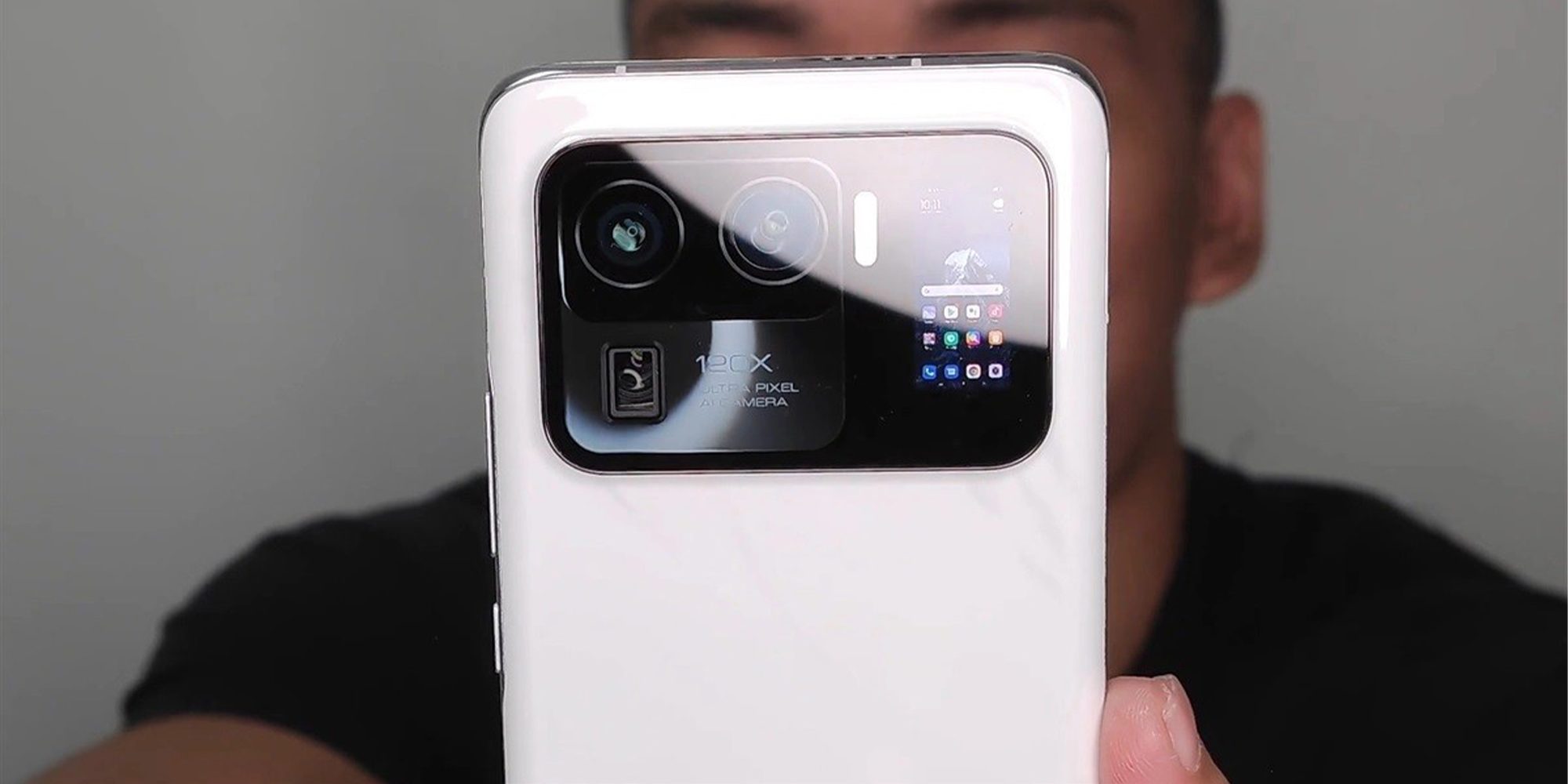
MI 11 Ultra will be the first smartphone with the GN2
Xiaomi is expected to launch the Mi 11 Ultra smartphone with a triple camera setup and a small secondary display on the back. According to leakster Ice Universe, the new smartphone will be the first to implement the 50MP Samsung ISOCELL GN2 sensor, announced earlier today.
GN2→Mi11 Ultra
— Ice universe (@UniverseIce) February 23, 2021
The Xiaomi Mi 11 Ultra was rumored to have a 50MP main, 48MP ultrawide and 48MP telephoto camera units, lending further credibility to the new tip. Xiaomi has been partnering with the Korean company in the last 2+ years, pioneering sensors before they arrive at other manufacturers.
Back in January 2019, the Redmi Note 7 became the first phone with a 48MP camera, thanks to the Samsung GM1 sensor. Then the Redmi Note 8 Pro was first in the world with the 64MP GW1 sensor, followed by the Xiaomi Mi CC9 Pro (also known as Mi Note 10) as the first with a 108MP ISOCELL HMX sensor.
There is no word on the launch date and pricing of the Xiaomi Mi 11 Ultra. The EEC and BIS certifications suggest that it may launch in a month or two. Apart from the Xiaomi Mi 11 5G, the Mi 11 series includes other two upcoming phones such as the Mi 11 Lite mid-ranger and Mi 11 Pro high-end phone.

